Floor Leveling
Steps of Flooring Levelling
Step1: Checking for Levelness
- Use a level tool to check the evenness of the subfloor. Identify low and high spots.
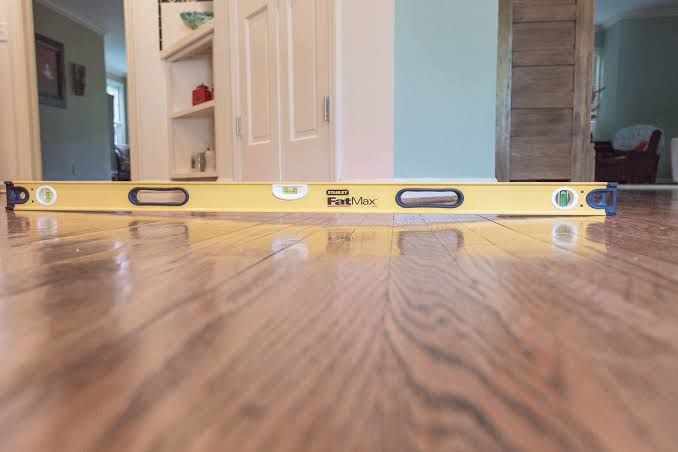
Step2:Grinding or Smoothing the Surface
Floor grinding is important for several reasons:
- Surface Preparation: It helps prepare the floor surface for coatings, sealants, or overlays, ensuring better adhesion and longevity.
- Restoration: Grinding can restore the appearance of worn or damaged floors, making them look new again.
- Smoothness: It creates a smooth, even surface, reducing the risk of slips and falls.
- Dust Control: Professional grinding minimizes dust compared to other methods, leading to a cleaner environment.
- Durability: It enhances the durability of floors by removing surface imperfections and contaminants.
Overall, floor grinding contributes to the aesthetic appeal, safety, and longevity of various
flooring materials.
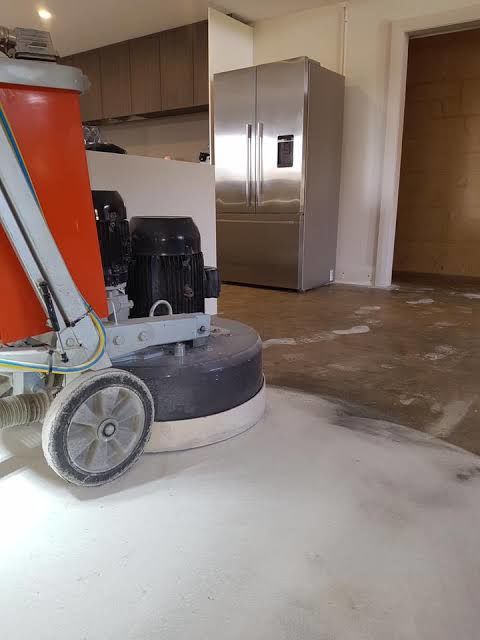
Step3:Applying Floor Leveling Compound
- For larger discrepancies, apply a self-leveling compound.
- Follow the manufacturer's instructions for mixing and application.
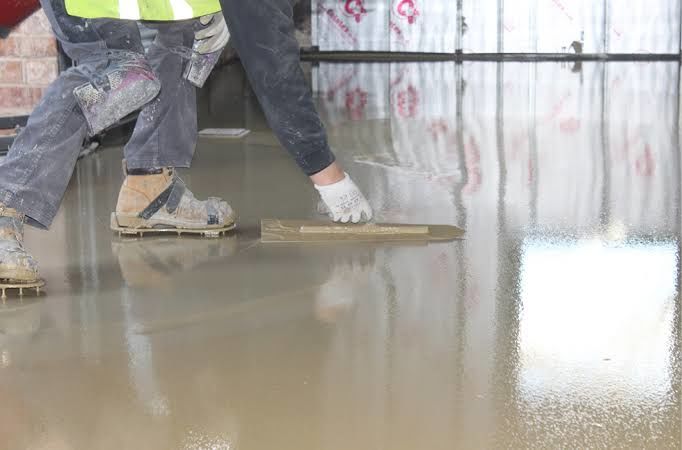
Step4: Final Inspection
- Once the leveling compound has dried, conduct a final inspection to ensure the surface is flat and ready for flooring.
Infrastructure Considerations
Structural Integrity
- Ensure that the joists and beams are structurally sound to support the flooring material.
- Consider reinforcing areas if necessary.
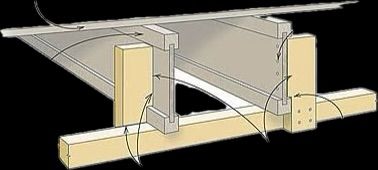
Acoustic Insulation
- For sound reduction, consider incorporating soundproofing materials into the flooring infrastructure.
- Review local building codes for additional insulation requirements.
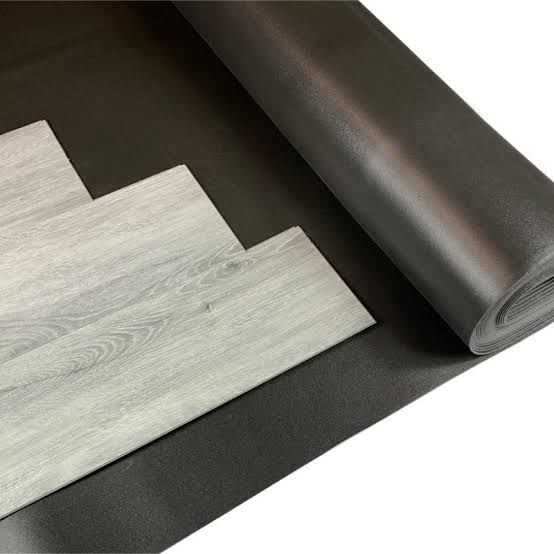
Why Choose Flooringcare?
- Expertise: Our team has years of experience in flooring preparation and installation.
- Quality Materials:We use only high-quality products to ensure durability and longevity.
- Customer Satisfaction:We pride ourselves on delivering exceptional service and results tailored to your needs.
Ready to start your flooring project? Contact us for a free consultation or to get your questions answered!
Contact Us